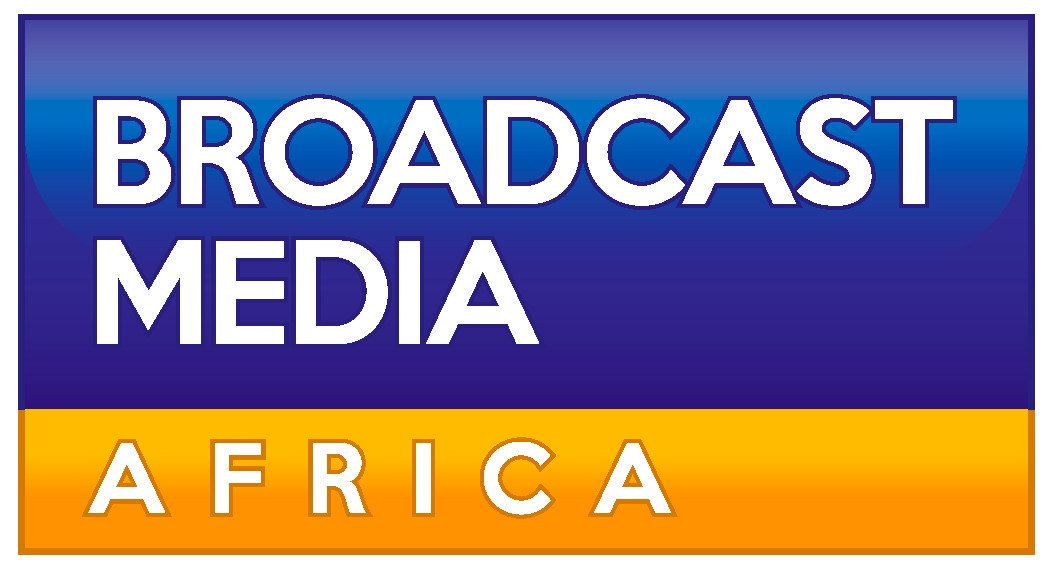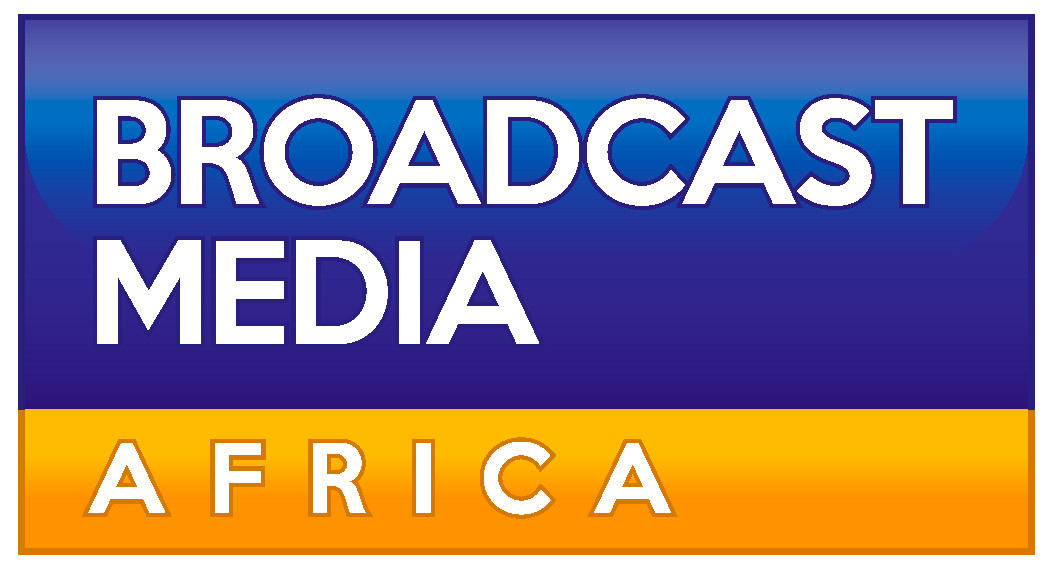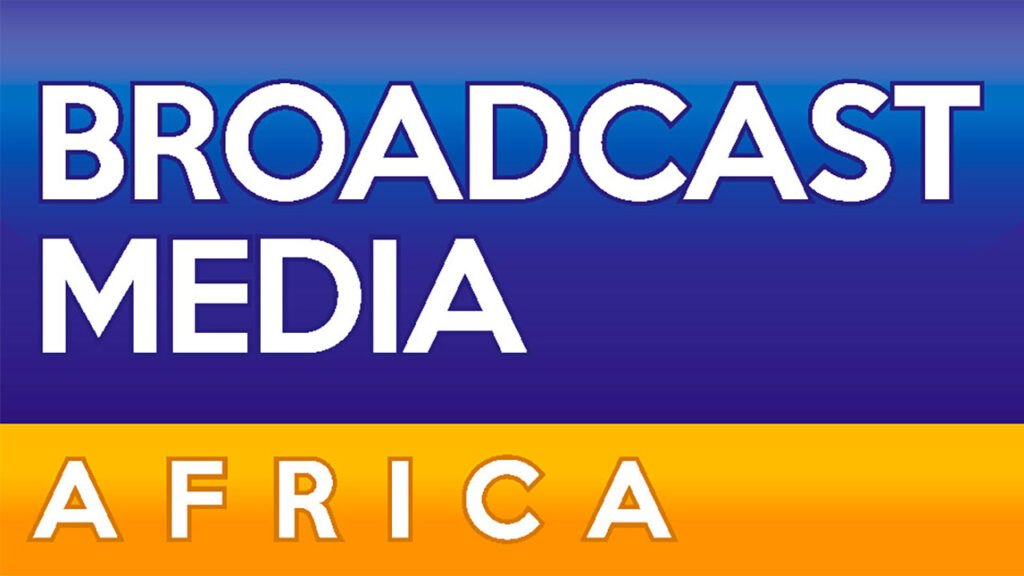
As the world shifts towards streaming and away from traditional cable, DStv faces declining subscriber numbers and mounting pricing pressures.
Recent financial reports from MultiChoice reveal a drop in active DStv subscribers in South Africa, plummeting from 8 million to 7.6 million in just a year. MultiChoice noted, “Active subscribers declined from 8 million to 7.6 million, while the 90-day active base reduced from 9.3 million to 8.6 million.”
This 400,000 subscriber drop isn’t just a minor setback; it’s a signal of broader issues. The decline has hit every segment of the market. DStv Premium subscriptions fell by 8%, the mid-market saw a 9% decrease, and even the mass market dipped by 1%. These figures highlight a significant challenge: DStv’s pay-TV growth appears to be a thing of the past, with limited potential for attracting new market segments through its satellite offerings.
This trend aligns with a global movement away from pay TV, often called cord-cutting. Over the past decade, cable and satellite TV providers in the U.S. have lost more than 20 million subscribers, a trend that shows no signs of slowing. Research suggests that by 2026, around 80 million U.S. households could opt out of traditional pay TV.
The shift is particularly high among younger viewers, especially those aged 18 to 29, who have grown up immersed in a world of the internet and streaming services. For many, the primary reason for cutting the cord is cost; 87% of those who left their pay-TV services cited pricing as the main factor. Moreover, only 34% of pay-TV subscribers report being satisfied with the value they receive from their subscriptions. Alarmingly, many former pay-TV users have expressed that they don’t miss their old services at all.
In South Africa, DStv is particularly vulnerable to this trend, with many users abandoning the service primarily due to its pricing. For over 20 years, South Africans have voiced their frustrations over DStv’s costs, particularly its premium package featuring popular sports content. Despite this feedback, MultiChoice consistently raises prices every April, benefiting from its previous monopoly in the pay-TV sector and exclusive rights to major sporting events, like rugby.
However, the landscape began to shift in 2016 with the rise of streaming services like Netflix, alongside the expansion of uncapped fibre broadband in South Africa. This combination of affordable internet and cheap streaming options seriously challenged DStv’s business model. During a presentation to ICASA in 2021, MultiChoice acknowledged that these global streaming giants were their biggest competitors, describing them as an “existential competitive threat.” They pointed out how OTT (over-the-top) services had already transformed the music industry, and traditional broadcasters, including themselves, were now facing a similar crisis.
As this situation unfolds, MultiChoice needs help reversing the trend. The company is now exploring alternative revenue streams to offset the decline in DStv subscribers. Their new strategy includes launching a separate streaming service, Showmax, venturing into online sports betting, and offering bundled streaming services.
However, MultiChoice faces stiff competition in these areas. For example, Telkom is creating a content creation platform that enables users to subscribe to multiple streaming services. Telkom Consumer CEO Lunga Siyo stated that the company will provide the data necessary for subscribers to access their chosen content, directly competing with MultiChoice’s bundled offerings while including data packages as part of its deals.
Given these challenges, many investors believe that the best-case scenario for MultiChoice would be for Canal+ to acquire the once-dominant pay-TV operator.










